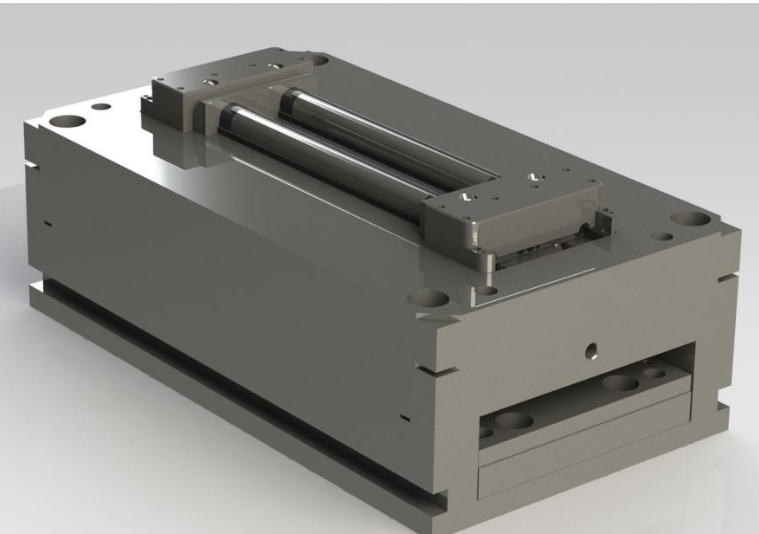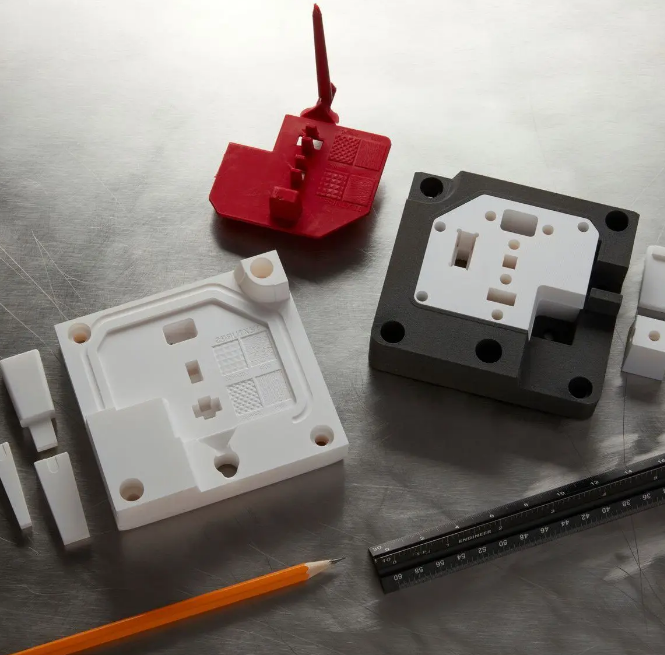Injection mold costs vary widely. Simple molds may cost a few thousand dollars, while complex ones can exceed $100,000.
Factors Affecting Injection Mold Costs
Complexity of Mold Design
The complexity of a mold’s design significantly impacts its cost. Complex designs require more precision machining and detailed work, which increases labor and production time. Factors such as intricate shapes, undercuts, or embedded textures add to the complexity. A complex mold might cost anywhere from 20% to 40% more than a standard one.

Size and Type of Mold
The size and type of the mold directly influence the cost. Larger molds require more material and longer machining time. The type of mold also varies in cost; for instance, two-shot molds are typically more expensive than standard single-cavity molds due to their complexity. The cost can range from a few thousand dollars for small, simple molds to over a hundred thousand dollars for large, complex molds.
Material Selection for the Mold
The material used for making the mold affects both the cost and longevity of the mold. Common materials include steel and aluminum, with steel being more expensive but offering longer lifespan. High-grade steel might increase the cost by 15% to 25% compared to standard materials but can handle higher volumes and longer production runs.
Number of Cavities in the Mold
The number of cavities in a mold is a crucial factor in determining its cost. Multi-cavity molds are more expensive due to the increased material and machining required, but they offer higher efficiency in mass production. The cost increases proportionally with the number of cavities; a mold with double the number of cavities can cost up to 50% more.
Injection molding is a balance of cost, efficiency, and quality, with each factor playing a significant role in the overall expense of the mold. Understanding these factors helps in making informed decisions for injection molding projects.
For more detailed information on injection molding, visit the Injection Molding Wikipedia page.
Cost Breakdown of Injection Mold Manufacturing
The cost of manufacturing an injection mold can be categorized into four main components: design and engineering, material, labor and machining, and testing and quality assurance. Below is a detailed breakdown:
| Cost Component | Description | Average Cost Range |
|---|---|---|
| Design and Engineering Costs | Costs associated with designing the mold, including CAD modeling and engineering time. | 10-15% of total mold cost |
| Material Costs for Mold Construction | Expenses for materials like steel or aluminum used in the mold. High-grade steel is more expensive but offers a longer lifespan. | 30-40% of total mold cost |
| Labor and Machining Costs | Labor costs for machining the mold, which increase with the complexity of the design. | 25-30% of total mold cost |
| Testing and Quality Assurance Expenses | Costs for testing the mold to ensure it meets specifications and quality standards. Includes expenses for trial runs and adjustments. | 15-20% of total mold cost |
Each of these components plays a crucial role in determining the overall cost of the injection mold. The total cost can vary significantly based on the size, complexity, and specific requirements of the mold.
For more detailed insights into injection mold manufacturing, explore the Injection Molding Wikipedia page.
Cost Management in Injection Mold Manufacturing
Optimizing Design for Cost-Efficiency
Efficient design optimization is crucial for reducing costs. By simplifying mold designs, manufacturers can save on both material and machining costs. For example, a 10% reduction in complexity can lead to a 5-7% cost saving. Streamlining designs without compromising quality is a key strategy.
Material Selection Strategies to Reduce Costs
Choosing the right materials can significantly impact cost. While steel molds are more expensive, they offer longer lifespans. Conversely, aluminum molds are cheaper but less durable. Balancing material costs with mold lifespan is essential. For instance, using aluminum for short-run molds can reduce costs by up to 20%.
Long-Term Cost Savings with Durable Molds
Investing in high-quality, durable molds can lead to significant long-term savings. Durable molds reduce the need for frequent replacements, thus lowering overall production costs. A high-grade steel mold, although 25% more expensive upfront, can last twice as long as standard molds, effectively reducing replacement and maintenance costs.
Effective cost management in mold manufacturing involves a careful balance of initial investments and long-term savings. Adopting strategies that reduce costs without compromising on quality or efficiency is key to successful injection mold manufacturing.
For a deeper understanding of these strategies, check out the Injection Molding Wikipedia page.
Estimating the Total Cost of an Injection Mold Project
Consultation and Quotation Process
Initial consultation with mold manufacturers is key. During this phase, clients discuss requirements and receive initial cost estimates. Typical consultation can lead to a 5-10% variance in the final quoted price, depending on the project’s complexity and requirements. Manufacturers provide detailed quotations post-consultation, outlining all projected costs.

Additional Costs (e.g., Transportation, Installation)
Transportation and installation often add to the base cost of the mold. Transportation costs can vary, typically accounting for 2-5% of the total project cost, depending on distance and logistics. Installation costs depend on the complexity of the mold and the machinery involved. These can add an additional 3-7% to the total cost.
Understanding Quotes from Injection Mold Suppliers
Analyzing quotes from suppliers is critical. Quotes usually break down the cost into design, manufacturing, and additional expenses. A clear understanding of each component helps in identifying potential areas for cost optimization. It’s not uncommon for quotes to vary by up to 20% between different suppliers for the same mold specifications.
Effective cost estimation involves a comprehensive understanding of both the direct and indirect expenses involved in mold manufacturing. Close attention to the details in quotations can reveal insights into potential cost savings and efficiency improvements.
For further information on this topic, explore the Injection Molding Wikipedia page.




